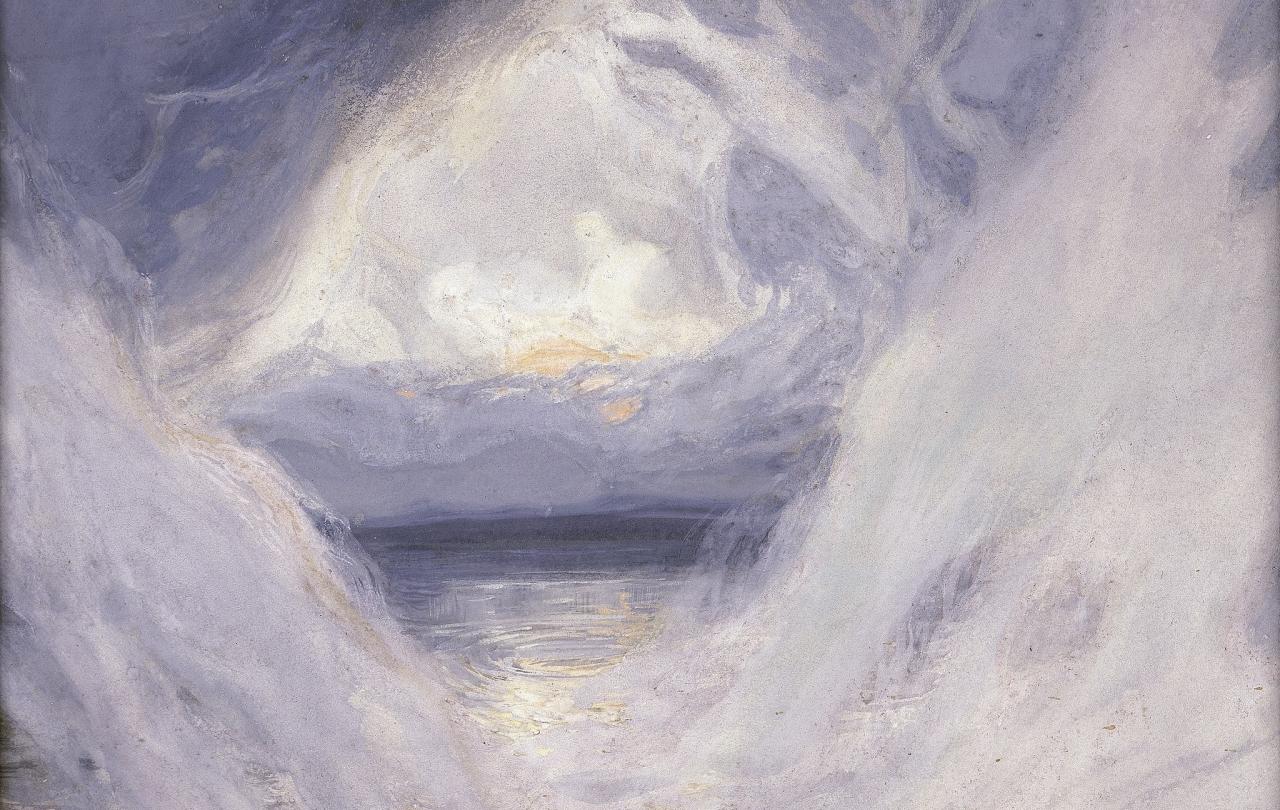2025 will be the 1,700th anniversary of the Nicaea Creed. In October 2024, Prof. Frances Young gave the inaugural lecture of the McDonald Agape Nicaea Project at St Mellitus College.
In the year 325CE the first ever “ecumenical” (= “worldwide”) council of bishops assembled at Nicaea near Constantinople (now Istanbul). It was summoned by Constantine, the first Roman Emperor to convert to Christianity and patronize the Church. Why does this seventeenth centenary of an obscure discussion around complex words matter to us today?
The outcome of the Council was agreement to the text of a creed, and banishment of a pesky priest named Arius, whose bishop disapproved of his teaching. Unfortunately, some other bishops remained sympathetic to something like Arius’ viewpoint, and for political reasons Constantine was desperate for Church unity. Argument over the issues went on for half a century, until another Council in 381CE reaffirmed the position established in 325CE and agreed the version labelled “the Nicene Creed” and still used in Church liturgies across the world today.
The controversy was basically about the identity of the pre-existent Word or Son of God incarnate in Jesus Christ. Nicaea established that the Son was “of one substance” (homoousios) with the Father – in other words, he was fully God in every sense of the word. But for many traditional believers at the time this was difficult to accept.
The common sense of the culture thought in terms of a “chain of being.” Most people in the Roman Empire were polytheists – there were loads of gods: Mars, god of war, Nepture, god of the sea, and so on. Each city, each ethnic group, had its own god, as did every family, every interest group, every burial society – you name it. But generally there was a sense that above all these was the Supreme God, who was worshipped indirectly through worship of these lower gods, and below them were all sorts of nature spirits, daemons, benign and malign, then souls incarnate in human persons, then animals, even vegetables as living entities, and finally inert matter like earth and stones, at the bottom of the hierarchy or chain of being.
Jews identified their God with the Supreme God and insisted the one God alone should be worshipped. But they also imagined a heavenly court of archangels and angels, then below that the souls of the righteous, and so on in a somewhat parallel hierarchy. No surprise then that Christians assumed a similar picture: God, then the Son of God, then the Holy Spirit, then archangels and angels, then souls, and so on in a hierarchical ladder.
But in the second century Christians had argued their way to the idea of “creation out of nothing.” Many non-Jewish thinkers, including some early Christians, followed Plato, conceiving creation as the outcome of Mind (the Demiurge or Craftsman) shaping Matter into whatever Forms or Ideas were in mind. But other Christian thinkers argued that God was not a mere Craftsman who needed stone or wood to work on like a sculptor – God produced the Matter in the first place. This then triggered a full-blown critique: God did not create out of pre-existent Matter or there would be two first principles; God did not create from God’s own self or everything would be divine; so God must have created out of nothing.
Now try to fit that to the chain of being: where do you draw the line between God the Creator and everything else made out of nothing? This was the issue which surfaced in the so-called Arian controversy. What we might call the “mainstream” remained wedded to the hierarchy, not least because of earlier controversies about God’s monarchia. The word did mean “monarchy” – single sovereignty; but arche could mean “rule” or “beginning,” so monarchia also referred to the single first principle of all that is. It was natural to attribute monarchia to God the Father, a view that worked OK with the hierarchy. But some had suggested that the one God 'changed mode', as it were, appearing now as Father, now as Son, now as Holy Spirit, taking different roles in the overarching scriptural story. This suggestion was mocked as all too similar to the pagan god, Proteus, who in mythology kept changing shape. It is even possible that that key word homoousios had been condemned along with this “Modalist” view.
Traditionalists were suspicious. The first historian of the Church, Eusebius of Caesarea, was present at Nicaea, and wrote a somewhat embarrassed letter to his congregation explaining how he had come to agree to this formula. Even Athanasius - the one who would come to be regarded as the staunch defender of Nicaea - largely avoided the term for a quarter of a century, though that does not mean he did not identify the principal issue. He campaigned hard and ended up in exile five times over. The fundamental issue was whether Christ was God incarnate or some kind of divinised superman, or a semi-divine mediating figure, a created Creator. Arius is supposed to have said, “there was a when he was not,” even though he was “the first and greatest of the creatures” through whom God created everything else.
So why does it still matter? Four simple reasons:
Because it was basically about identity, and the question of Christ’s identity still matters.
Because we still find people treating Jesus Christ as superhuman – not really one of us, or semi-divine – not God in the same sense as the God the Father. If we are to be ecumenical, across different denominations today but also across time, we need to affirm that God’s Son and Spirit are truly of the one God. As early as the second century the first great Christian theologian, Irenaeus, characterized the Word and the Spirit as God’s two hands – we can imagine the Trinity reaching out first to create and then to embrace us with God’s redeeming love.
Because it means we can look to Jesus and there catch a glimpse of God’s very own loving face - not just a dim image but the reality itself.
And because only God could recreate us in God’s own image and raise us to new life.
To find out more about the McDonald Agape Nicaea Project being held by St. Mellitus College in London, come and join the public lectures, or look out for other Nicene celebrations in 2025.
For more information or to register for these events, you can visit the Nicaea Project website






